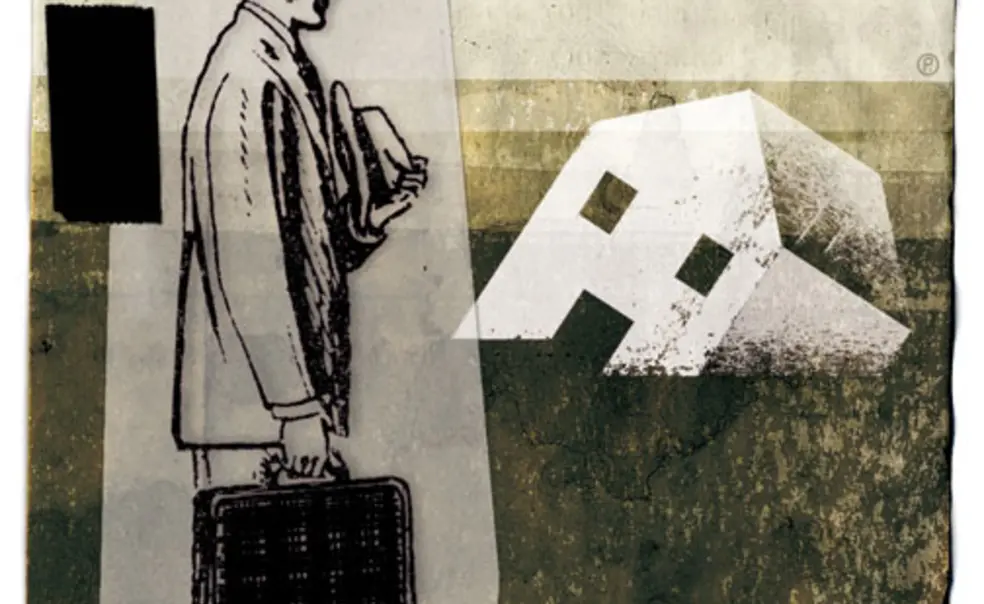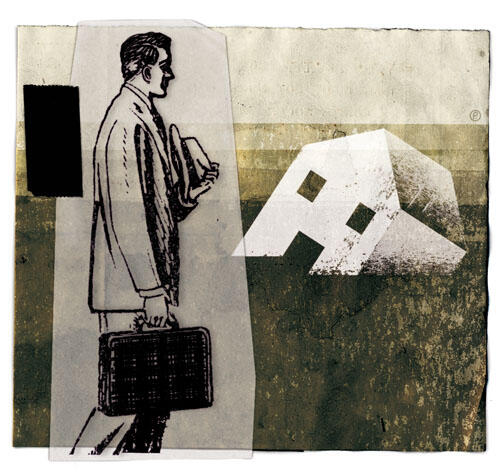Charles N. Insler ’03, a lawyer, lives in Cincinnati and has fond memories of growing up in New Orleans. He can be reached at cinsler@gmail.com.
Five years ago, Hurricane Katrina swept into New Orleans and nearly washed the city away. I wasn’t in New Orleans at the time. A few days before Katrina hit, I evacuated to Atlanta with my family. I can remember packing lightly, bringing only enough clothes to last the few days that the city would be without power. I brought along a book for the long car ride, but nothing else — no photographs, no valuables, no keepsakes. We would be back home soon, I reasoned — just as in every other evacuation. Until we weren’t.
I didn’t return to New Orleans until January, 2006, almost five months after the city had been devastated. When I got there, I found a city that was a shell of its former self, a city that I barely recognized. My favorite restaurants and stores were closed and boarded up. The sprawling green spaces of the West End had been turned into a giant Dumpster. My family, and many of my friends, were still hundreds of miles away.
Those who returned to New Orleans came back because of what they remembered about the city. They returned because they had fond memories of the places they worked, the places they lived, and the people they knew. But the storm had destroyed these memories — both in a physical and a metaphysical sense. It had destroyed whole businesses and neighborhoods and had taken the lives of those we knew and loved, leaving only whatever fleeting images we might cull from our minds.
My childhood neighborhood was one of the many neighborhoods that suffered extensive flooding after the levees broke. One weekend, I left the calm of my uptown apartment and drove to Lakeview to survey my parents’ home. Like almost all the houses in the neighborhood, it sat empty, gutted, and forlorn. There were no doors and no windows. There was no grass in the yard. There was no address.
I stepped into the living room — or what used to be the living room, but now stood lifeless — and then walked upstairs, in a house that barely had stairs. The second floor, where my siblings and I had grown up, was intact, having stayed dry. It looked the same, but felt smaller. The furniture, posters, and pictures had been hastily stored when the city had allowed residents to return and salvage what they could.
When I returned outside, I began kicking at the mud that had caked around our front porch. Dirt, straw, and shards of storm refuse — wallboard, glass, wood — had solidified and melded together to bury the contents of the house. Occasionally, though, I would notice something protruding from the detritus: an errant chess piece, broken china plates, my mother’s old record collection (the soundtrack to Saturday Night Fever still in one piece), a passenger car from my dad’s model train set.
I kept kicking at the mud. And in one kick, I found three torn pages from a photo album, the plastic sleeves reaching out beyond their resting place. I carefully removed a photo from one of the sleeves. With even greater care, I wiped the dirt and residue from the image itself. Weeks of swimming in contaminated water had erased much of the image. But I could still see what was a younger me, smiling, as I held my new brother.
Finding that picture, buried amid the ruins of my house, was too much to handle. How do you prepare for such symbolism? How do you dig up your memories? Or even lay them to rest?
I spent the next few minutes scraping and kicking at more of the dirt, hoping to find other photographs. I pulled a few more prints from the ground, but there were no images left on any of them — just the plain white photographic paper, or in some instances, a swirl of colors, mixed together beyond recognition. These photographs captured the power of the storm. It had torn us from our city and torn us from our homes. But beyond that, it had taken our memories and cruelly washed them away.
In the five years since Katrina, New Orleans has worked to rebuild itself — into what it once was, but also into something better than what it was. Even before the storm, New Orleans was a city that struggled with its identity; a city hoping to move forward, yet still clinging to its heritage and its past. As we commemorate the fifth anniversary of Hurricane Katrina, we should strive to remember the people and places of our city that the storm pushed us to forget.
Editor’s note: A version of this essay was published in The Cincinnati Enquirer Aug. 29, the fifth anniversary of Hurricane Katrina.













No responses yet